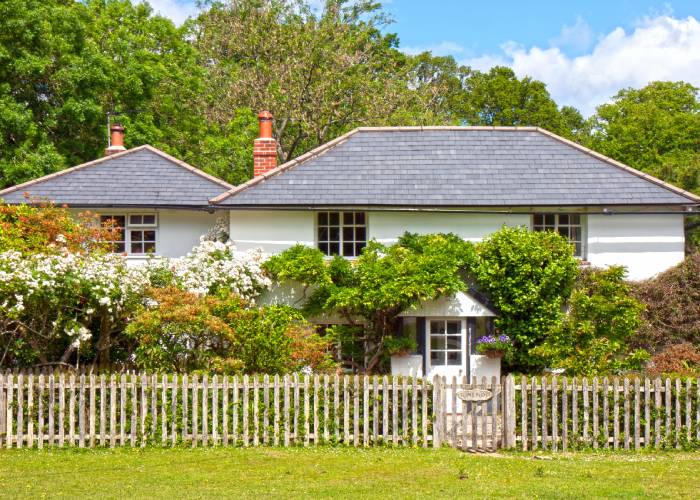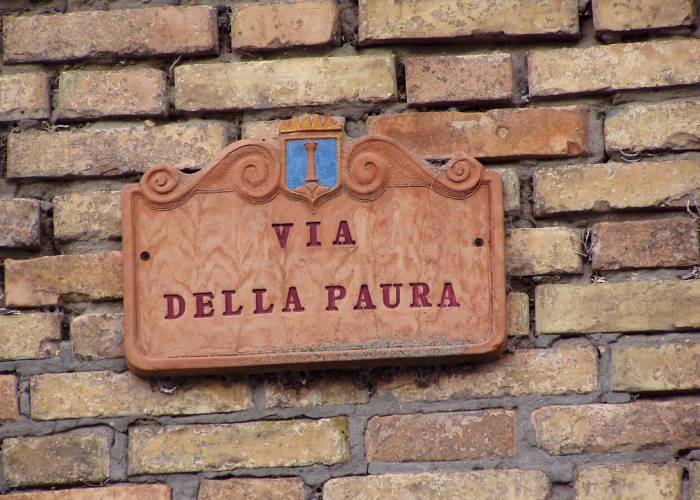Although it has become quite affordable, many owners don’t find it essential to invest in a styled or customised house sign. A house nameplate usually ends up at the bottom of the list of items to purchase for the household. There are usually things more important or urgent to fix or update. However, modern design teaches us that even a tiny detail can make a huge difference. These small yet significant things can be a crucial element if you want to personalise and add the feeling of cosiness and style to your house exterior.

A house sign is more than a plate with a number and a street name. Its purpose doesn’t have to be just informative, usually in a standardised and boring way. With some effort and a little bit of creativity, it can be welcoming, appealing, and tailored to match the property’s overall look.
How to customise a home nameplate
When we walk the streets of any place in the world, our eyes pass over many signs, plaques and boards of companies, offices, or homes. Some of them catch our eyes with their uniqueness. House nameplates have the power of turning that moment into a whole experience.
Like many other things these days, making personalised and modern house plates have never been easier. With a few clicks, it’s possible to find and use various solutions offered by Signomatik and other niche companies. Homeowners can choose different materials, such as wood, plastic, aluminium, PVC, or acrylic. You’ll have your own personally created plate made to fit your needs, taste, and preferences in a few steps. Most importantly, it’ll have your special touch in the form of colour, shape, size, and images that can be printed or engraved into the plate. Most companies offer solutions for businesses and different kinds of welcoming signs and symbols for pets or home spaces.
Significance of the house nameplate
A custom-made plaque hung on a pole or on the house wall is an ancient idea. It dates back to Assyrians, Babylonians, Romans, and Germans. Before the Postage Act of 1765, people in the UK also named their houses to make it easier for others to find them. In some areas of Great Britain, this tradition has survived and is used as the only way of identification. Many old houses worldwide still have these signs attached near or above the front door.

Judging by the different designs, materials, fonts, and other details, ancient homeowners recognised the importance of the house sign and used its various possibilities for their benefit. Back then, it was not only a form of address but also a sign of good taste, social status, and the owner’s influence and wealth.
For Indian culture, the house and its nameplate have a special significance. Many Indians follow Vastu Shastra, the traditional system of adding architectural elements to their homes. Apart from ensuring balanced placement of the five essential elements in the living space, this system also teaches principles of selecting the most suitable home sign.
Big changes start with small things
Although we live in uncertain times where the budget often determines our priorities, we shouldn’t forget that even small investments can improve our quality of life. More importantly, it can add beauty and charm to the neighbourhood and inspire others to follow this simple and effective ideology. An aesthetically pleasing home sign can bring warmth, set an inviting and elegant tone, tell a story and make visitors feel comfortable and welcomed.




